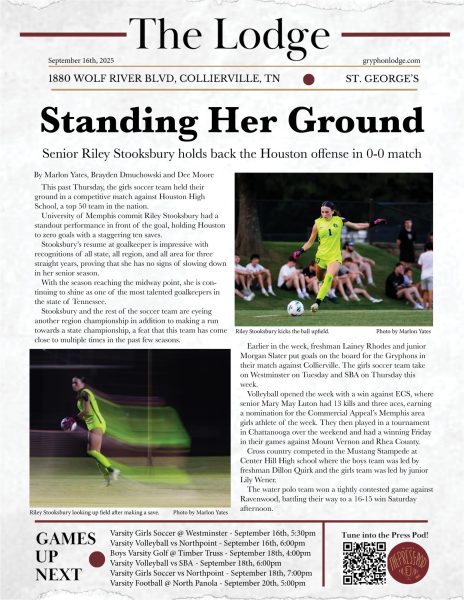Advanced revolution
Advanced statistics cause a revolution in the world of basketball

Photo: Scott Cunningham of Getty Images)
Atlanta Hawks player Kyle Korver goes up for a shot. He has seen his value skyrocket thanks to advanced statistics.
Advanced statistics, a recent revolution in basketball, have been changing the way we look at basketball. How are advanced statistics any different from regular stats that appear in the box score? Box score statistics such as points and rebounds only tell part of the story, while advanced statistics try to reveal some of the things that box score statistics cannot. They try to open our eyes to aspects that can help us judge a player’s value.
This revolution of advanced statistics saw its start back in 2006 with former ESPN analyst and current Memphis Grizzlies President of Basketball Operations, John Hollinger. Hollinger was responsible for creating one of the first statistics that took box score numbers and converting them into something that could be used to show how efficient a player is on the court. He called this statistic “Player Efficiency Rating.”
Player Efficiency Rating, or PER, takes into account how many points the player scores, how many rebounds they get and other measures that are recorded in the box score, which is adjusted for pace. The baseline set for an average NBA player is about 15.00. Anthony Davis led the league last year with a PER of 30.8.
PER is not a flawless measure for recording how good a player is while they are on the floor, as it generally favors offensive players over defensive players. This can be attributed to the lack of statistics that measure how well defensive players play while they are on the floor. Despite this flaw, PER still does a good job of showing how efficient players are.
One of the biggest results of the introduction of advanced statistics like PER is how it has changed how some players are valued. Advanced statistics have taught that the best shots to take are corner threes and shots right at the basket. These shots offer the highest reward for the least amount of effort. Players like Danny Green and Kyle Korver have seen their value increase dramatically as a result of this new knowledge about the efficiency of certain shots.
Advanced statistics have also demonstrated that mid-range shots, or shots right inside the three point arc, are the least efficient shot. This has changed how general managers view certain players. Inefficient volume scorers, such as Rudy Gay or Demar Derozan, have seen their value decrease greatly since the introduction of advanced statistics, since they are players who take mainly contested mid-range jump shots.
This revolution has manifested itself directly in the St. George’s varsity basketball team. Many shots that were previously taken in the mid-range have been changed into higher value three-point shots, or shots directly at the rim. The emphasis on these shots has been helping the St. George’s basketball team to create a more efficient and polished offense, one that is focused more on ball movement and getting open shots, than one that is focused on isolation and dribbling.
“[Advanced statistics] are a useful tool that can be utilized to help in scouting and player development among other things,” head basketball coach Jeff Ruffin said.
However, Coach Ruffin urges people to keep in mind that advanced statistics do not show some of the things that can only be illustrated through extensive observation of a player or team.
“They are merely a tool, something that tells only part of the story, and aren’t all encompassing,” Coach Ruffin said. “Advanced statistics can measure what players best fit with other players on the court but must also be balanced with intangibles that some players bring to the game [and] level of competition.”











